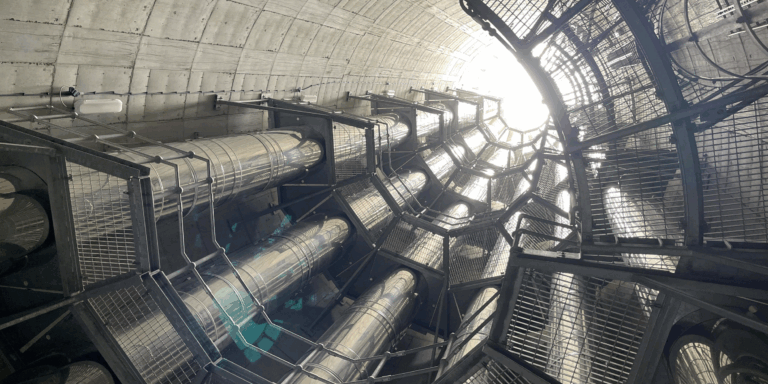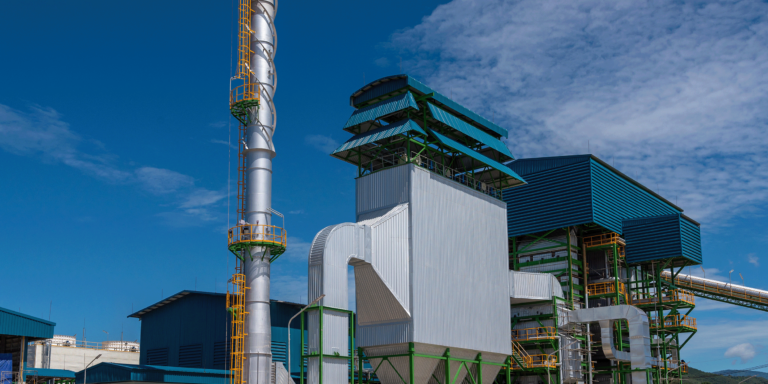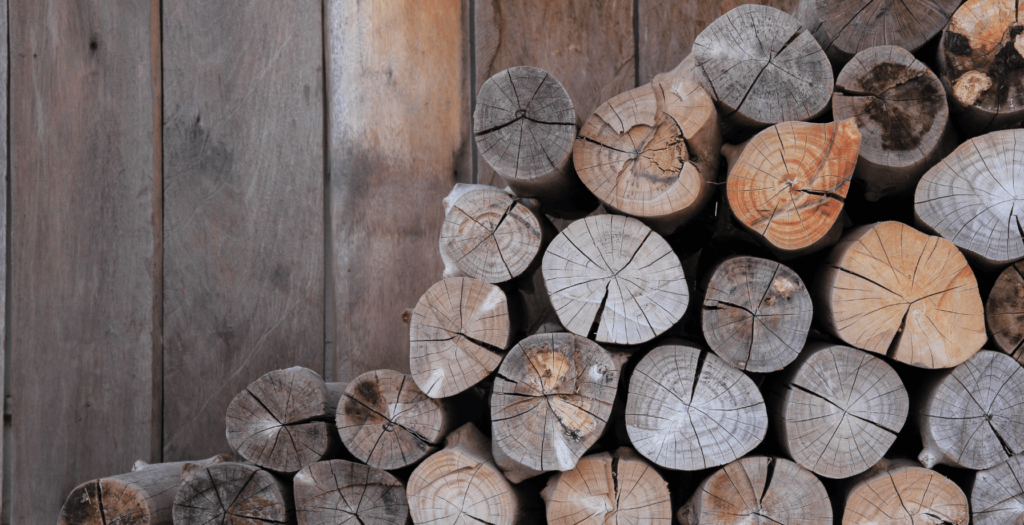
Understanding the impact of domestic wood burning
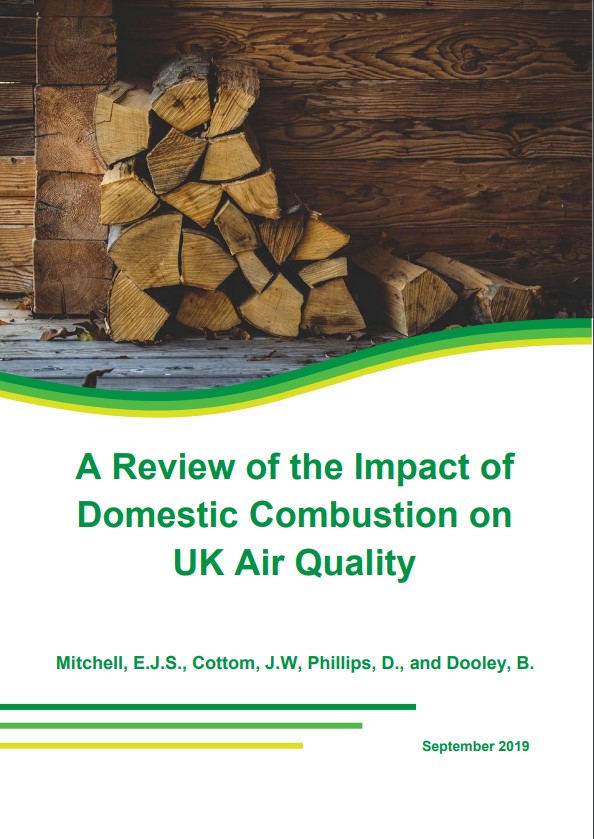
HETAS summarises the key findings of a recent report into the impact of domestic wood burning.
This article offers an explanation and summary of the following piece of recent industry research: Mitchell, E.J.S., Cottom. J.W., Phililips, D. (2019). A review of the impact of domestic combustion on UK air quality. Independent report commissioned for HETAS, Leeds, UK.
Why is it important to understand the connection between air quality and domestic burning?
The importance of protecting public health by improving air quality is a goal shared by government at a national and local level, and by many members of the public.
Pollution takes different forms and comes from many sources, some natural and others human-made. Among the most harmful to health are the fine solid particles and liquid droplets called PM2.5 which are so small that they are breathed in.
In order to achieve cleaner air close to where people live, particular attention is being given to the role of domestic burning from boilers, stoves and open fires. Burning solid fuels such as coal, wood, pellets and briquettes in our homes is known to generate PM2.5 particulates. However, there is a huge variation in the volume of particulates emitted depending on the appliance and fuel that is used, and the way that the appliance is maintained. It is necessary to distinguish between those practices that are more polluting, in order for action to be taken to significantly reduce the most harmful pollutants.
PM2.5 particulates come from other sources too, not just the burning of fuels inside the home. They can be found in the smoke from bonfires, chimineas, firepits, barbecues, incinerators and from agricultural burning, for example.
The UK Government published its ‘Clean Air Strategy’ in January 2019, with a particular focus on the impact of domestic burning on pollution levels. It is therefore important to ensure there is robust analysis of the evidence available to inform government policy, industry regulation and support the public in making informed choices.
What the Review set out to do
HETAS is the not-for-profit organisation working to promote the highest standards for fuel, appliances and people to encourage the safe, efficient and environmentally responsible use of solid fuels. In its role as an evidence-based, authoritative advisor to government, the industry and consumers, HETAS commissioned a critical review to better understand current estimates of particulate matter emissions.
A team of four independent senior academics, with experience in the scientific analysis of air quality and combustion, conducted a critical review of existing research on the impact of domestic combustion on UK air quality. Their report was then independently reviewed by two further professors working in this field.
The review analysed the methodologies and data cited in existing literature, relating to recording, analysing and apportioning the sources of emissions, and the conclusions that have been previously drawn from such data.
The key findings of the Review
The review reveals uncertainties about the existing data and evidence used to estimate the impact of domestic burning on pollution levels.
This uncertainty exists because the techniques and measuring equipment that is commonly used to measure particulates in the air is unable to accurately distinguish between different sources.
The Clean Air Strategy 2019 currently attributes 38% of UK particulate matter emissions to the domestic burning of solid fuel. However, the scientists who conducted this review believe this is highly likely to have been overestimated and is misleading since it does not distinguish between different burning sources.
The basis of uncertainty surrounding this headline figure of 38% is two-fold; both in the quantity of pollutants emitted, and in the source of pollutants emitted.
First, the quantity has been calculated partly on the basis of the volume of wood thought to be burned in stoves in the UK. A survey of around 1,000 stove users was used to estimate the overall level of wood burning in 2017, and the emissions this would have generated.
A more recent survey undertaken in 2019 by the SIA of more than 10,000 stove users provides a more statistically significant sample. The variation in results suggests that the 2017 figures may have been overestimated by more than double, consequently overstating the impacts of domestic burning. Using the 2019 survey user-data and applying the same methodology, the level of PM2.5 emissions is estimated at 14.9%, not the 38% previously estimated.
The second aspect that the scientists considered relates to the accuracy of methods and equipment commonly used to measure pollution and determine specific sources. Instruments called aethalometers measure the quantity of particulates in the air. Most data currently collected makes use of older equipment measuring across two wavelengths, not the modern instruments which measure more precisely across seven wavelengths.
Another measuring inaccuracy relates to the presence of levoglucosan, which is a chemical produced by burning wood. The level of levoglucosan varies widely depending on the fuel and appliance used but it is likely that a fixed ratio is based on a 25-year old Austrian stove is used to calculate the amount of levoglucosan attributed to all woodburning stoves today in the UK. It also doesn’t take into account that levoglucosan can be found in emissions from other sources, such as bonfires, outdoor cooking and crop burning. The traditionally used ratio is three times higher than that more recently observed.
In previous research, the figure of 38% has been wholly attributed to a number of aspects of regulated domestic burning (highlighted in the shaded box in the diagram below). But the figure of 38% actually relates to many different sources, including all those listed in the diagram. The data that’s currently being used does not distinguish between PM2.5 that’s come from vehicles, bonfires, open fires or stoves.
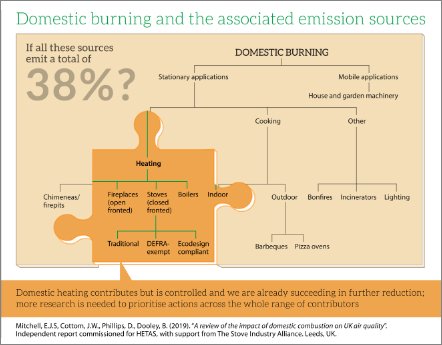
A Review of the Impact of Domestic Combustion on UK Air Quality – Key Findings
- Previous studies may not have considered the wide and varied sources of biomass burning i.e unregulated domestic burning (chimineas/firepits, garden waste bonfires, outdoor cooking) and prescribed burning (agriculture and land management)
- Current estimates are based on findings using old equipment and indicators that are unable to distinguish between different biomass burning sources
- The weight of wood fuel used in the UK and the application of an estimated emissions factor for this weight have likely been overstated
- Open fires and old wood burning stoves may be responsible for up to half of the attributable PM emissions for domestic burning and need to be replaced with modern Ecodesign Compliant stoves
What are the implications of these findings?
This review reveals uncertainties of the existing data and evidence used to estimate the figure reported in Defra’s Clean Air Strategy, suggesting it is highly likely to be inaccurate. It also highlights that without accurately defining the highest contributing sources and taking targeted action, the 2030 emissions reductions obligations of the NEC Directive, the international agreement that the UK has signed up to, are unlikely to be met.
The good news is that new techniques and equipment is now available. In future, it will be possible to detect and analyse more accurately the characteristics of specific types of particulate, and its source.
There are practical implications for members of the public too. With the most commonly-reported research failing to adequately differentiate between different sources of emissions, householders may not be aware that modern Ecodesign compliant stoves will be substantially less polluting than an older stove or an open fire, or the importance of only burning wood that has up to 20% moisture content (marked as ‘Woodsure Ready to Burn’).
People may also be unaware of their environmental impact from unregulated burning, such as the use of firepits, chimineas and outdoor cooking.
HETAS Guide to responsible burning
- Choose a modern, HETAS and Defra exempt Ecodesign Compliant stove which burns safely and efficiently
- Burn properly seasoned or kiln dried wood marked Woodsure Ready to Burn.
- Keep the appliance and chimney clean and well maintained with regular checks from trusted HETAS Approved Chimney Sweep and servicing technicians
- Always use the appliance in accordance with the manufacturers instructions
The role of HETAS
HETAS works to promote the highest standards for fuel, appliances and people to encourage the safe, efficient and environmentally responsible use of solid fuels including wood.
It is a not-for-profit organisation, training, certifying and monitoring installers, retailers and sweeps, testing and approving appliances that meet the various legal requirements, including giving manufacturers the option to demonstrate that their stoves meet the full Ecodesign compliance requirements earlier than the 2022 deadline. HETAS registration and competence schemes insist that installers, sweeps and manufacturers meet the government safety regulations and environmental standards. HETAS operates the Woodsure Ready to Burn scheme which provides consumers with confidence in fuel quality and sustainability.
HETAS works with its members, industry bodies, government departments, regulatory bodies and the scientific community to help consumers choose the most appropriate HETAS registered organisation, competent person or approved appliance, to meet energy efficiency, environmental and safety requirements.
Aligned with this purpose, HETAS commissioned the independent report titled ‘A review of the impact of domestic combustion on UK air quality’.
The HETAS website www.hetas.co.uk is a source of up to date technical information for tradespeople. It also makes it easy for the public to search for suitably qualified installers, sweeps and approved appliances.
To find local suppliers of Ready to Burn firewood, pellets and briquettes visit www.woodsure.co.uk
Download the review of the impact of domestic combustion on UK air quality.
